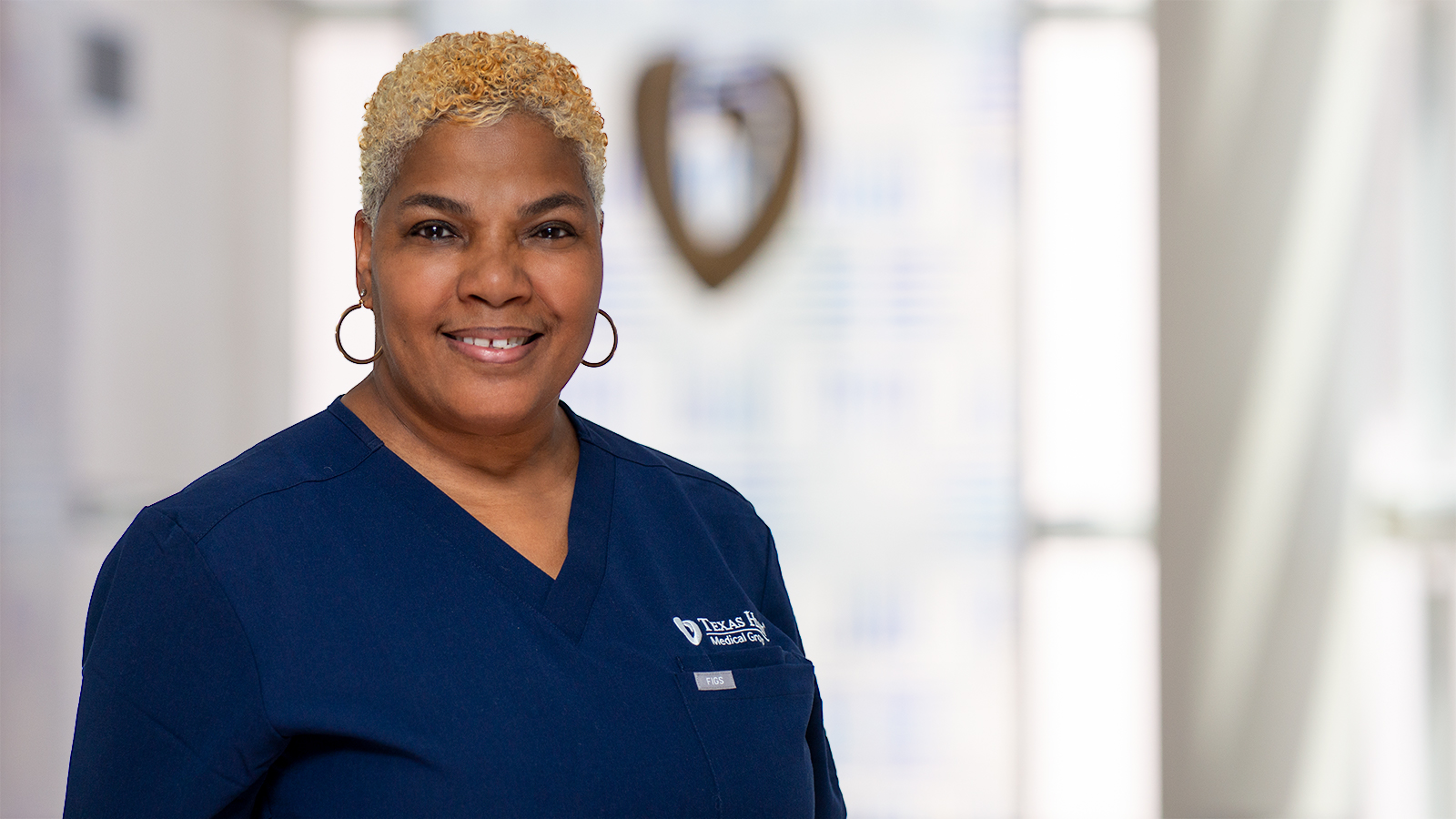
Echocardiogram
A Patient’s Guide to Echocardiography
What to expect and how to prepare for your exam
What is an echocardiogram?
An echocardiogram is a painless procedure that uses sound waves to produce moving images of your heart. Depending on the type of echocardiogram, these pictures will show the size and shape of the heart, how well the valves are functioning and the heart chambers are moving, and what the blood flow in the heart looks like.
One important measure of heart function that can be taken during an echocardiogram is the ejection fraction. The heart’s pumping function has two parts: the contraction (or squeezing of the heart muscle) and the relaxation of the muscle. When your heart contracts, it pumps (or ejects) blood out of the ventricles (the lower chambers). When your heart relaxes, the ventricles fill back up with blood. The ejection fraction refers to the percentage of blood that is pumped out of the ventricle with each heartbeat.
Because the left ventricle is the heart’s main pumping chamber, the left ventricular ejection fraction, or LVEF, is usually measured. The LVEF for a healthy heart is between 55% and 70%. If your heart muscle has been damaged by a heart attack, heart failure, or other heart problems, the LVEF may be lower than the normal value.
How do I prepare for an echocardiogram?
No special preparations are necessary for a standard echocardiogram. You can eat and drink as you normally would. You should take all of your medications at the usual times, as prescribed by your doctor.
What to expect during the exam?
An echocardiogram is painless and may take up to 45 minutes to perform. You will be asked to remove your clothing from the waist up and put on a gown. You will lie on your back or left side on an exam table. A sonographer will place small sticky disks called electrodes on your chest. These electrodes have wires called leads that attach to an electrocardiogram machine, which will monitor your heart’s electrical activity during the test.
Next, the sonographer will apply a gel to your chest. The gel may be cold but is harmless and will help the sound waves reach your heart. A wand-like device called a transducer will be placed on your chest, and the sonographer may press firmly while moving it across your chest. The transducer transmits ultrasound waves into your chest, and a computer will convert echoes from the sound waves into pictures of your heart on a screen. You may hear a pulsing “whoosh” sound during the test. Also, the lights in the room will be dimmed so the computer screen is easier to see. You may be asked to breathe in or out or to briefly hold your breath during the test. But for the most part, you will lie still.
How are the results determined?
The results of your echocardiogram will be read by an expert and then added to your electronic chart. Your doctor will get in touch with you to discuss the findings.
Information from the echocardiogram may be used to
• Diagnose heart problems
• Determine next steps, if any, for diagnosis or treatment
• Monitor changes or improvement
